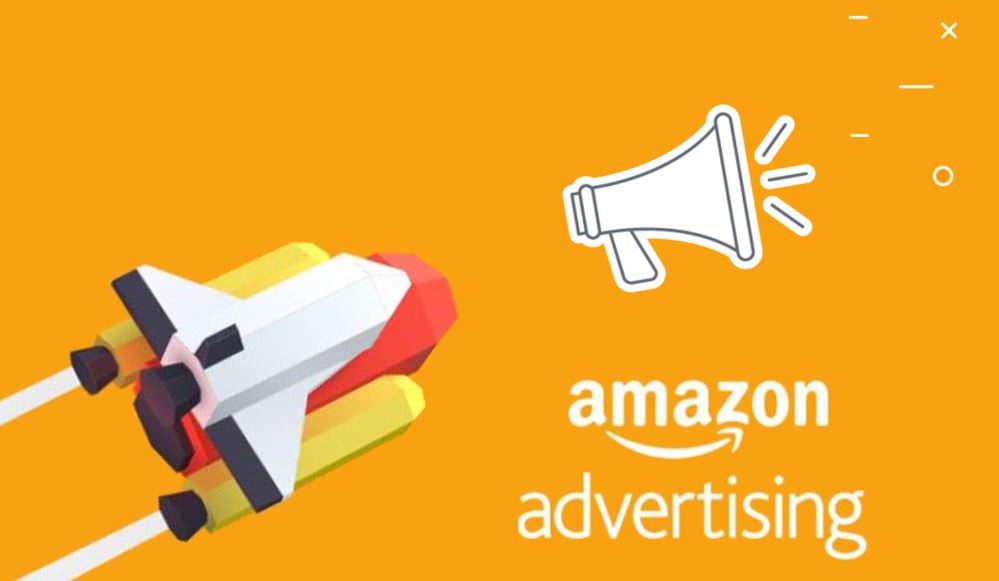6. How to Measure Ad Results
I’ve made a choice at this point. This is a book of advanced strategies, so I’m not going to go down the rabbit warren of math for all the different ways of calculating the results of ads. It would take too long. Nor is it necessary.
What’s important here is that you have an overview of the different methods, including their advantages and disadvantages. From that, you can make your own choice on how best to proceed. Whichever method you choose, the method of calculation is easy enough to figure out and also readily available from other sources.
But I do have to touch on the math briefly in a few places. And the terminology used in author circles.
Most authors would say that measuring ad results is about determining the ROI. That is, the return on investment. ROI is a popular metric in business and finance, but it’s a strategic assessment. It’s usually used to analyze a situation as a whole. For instance, the calculation of ROI on selling an investment home will account for all the expenses involved in acquiring it in the first place, maintaining it and finally selling it. We’re talking purchase price, legal fees, bank fees and mortgage interest and maintenance costs etc. On selling, the profit includes rent and sale price. The formula for ROI is:
Net profit / total investment x 100
Note, because ROI is a strategic view of things, the formula uses net profit and total investment. In indie publishing, you should really use the formula to calculate something like how financially successful a book was. Net profits would be royalties and the payout for page reads. Total investment would be the price of covers, editing and marketing.
So, ROI is really the wrong term to look at how successful one component of an overall investment strategy is. What we want to do with Amazon ads is measure how effective the ads themselves are, not what overall return the book makes.
As it happens, when we expand our horizon away from author circles, we find that the marketing world was there long before us. Big surprise, huh?
Please allow me to introduce you to ROAS, aka return on ad spend.
Now we’re talking. This is what we want. The correct term with the correct formula for what we want to do – pin down ad results. This is the ROAS formula:
Ad revenue – ad cost / ad cost x 100
In concept, it’s very similar to ROI. But ROAS is granular. ROI lumps everything together. ROAS sheets profit or loss directly home to individual ads or keywords. It pinpoints with great focus. It calculates ad returns, not returns influenced by other sales drivers like covers, blurbs, new releases and the recommendation engine.
But that’s my preference. Choose what you believe is the best way forward. I use ROAS because it’s the professional term for measuring ad performance, and also because it reinforces that when judging ads, they should be viewed on their merits alone and not other factors.
But things are always more complicated than they seem. ROAS is usually calculated as a ratio. For instance, 1:2, which means for every $1.00 spent on ads, $2.00 was returned. But it’s also sometimes expressed as a percentage, which is what I prefer. It can also be calculated two different ways. One way will use net ad revenue (ad revenue – ad cost) and the other gross ad revenue.
I prefer the first way. The second is more common. It doesn’t really matter which method you choose, so long as you know which is which and compare like to like.
Indie authors also use the ROI formula in different ways to calculate ad return. Some use ad data only and not the strategic data ROI is intended for. That’s okay. It comes to the same thing. Then again, some gurus advise a mixed approach, and use all profits in the formula but only selected expenses. I’m not okay with this.
Confused yet?
You can use whichever formula you want, and call it whatever you want. What counts is the data you calculate with. Do you restrict it to ad data? Good. This is tactical rather than strategic. Do you use all data to determine the overall book ROI? Cool. This is strategic. This is what ROI is for. Do you use all profits but only some expenses? Not cool, grasshopper. This is putting bubbles in grape juice and calling it champagne.
Hopefully, all this will become clear as we dive into the various methods in use of measuring ad results.
The comparison method
This method works with totals. It compares total ad spend against total book profit. As long as your profit outmatches your ad spend, you’re, well, winning! Something like that.
The benefit of this approach is simplicity. It’s pretty easy to do. As long as you’re making a profit, things are okay. And the bigger the profit, the better. The disadvantage is that it’s wildly inaccurate as a measure of how your ads are working.
Earlier, I mentioned ads can have a direct influence on conversions and an indirect influence. The indirect influence is the recommendation engine and organic sales.
The comparison method takes every single conversion you ever get and attributes them directly to your ads.
This really is turning grape juice into champagne. Or trying to.
Even if you start from ground zero with no conversions at all, and then begin to advertise and get sales, the method is still inaccurate. Give a well-packaged book some visibility, and it starts to sell itself.
If you’re already selling, the method is hopeless.
Either way, how do you determine which ads are working and which aren’t? What are your benchmarks for success? How do you measure if one ad is hitting them and another isn’t? How do you know if your ads are generating a negative return, but it’s being masked by organic sales?
Any adviser who preaches the comparison method should issue it with a disclaimer. Warning! This method will make me look like a genius because it’ll attribute every sale you ever make to what I’ve taught you.
Damn. Makes me wish I’d thought of it myself. If people thought I was a genius and my methods so wonderfully effective, I’d sell more books…




